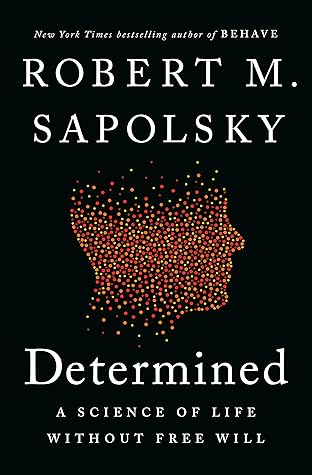Childhood abuse produces an adult PFC that is smaller, thinner, and with less gray matter, altered PFC activity in response to emotional stimuli, altered levels of receptors for various neurotransmitters, weakened coupling between both the PFC and dopaminergic “reward” regions (predicting increased depression risk), and weakened coupling with the amygdala
Welcome back. Just a moment while we sign you in to your Goodreads account.


